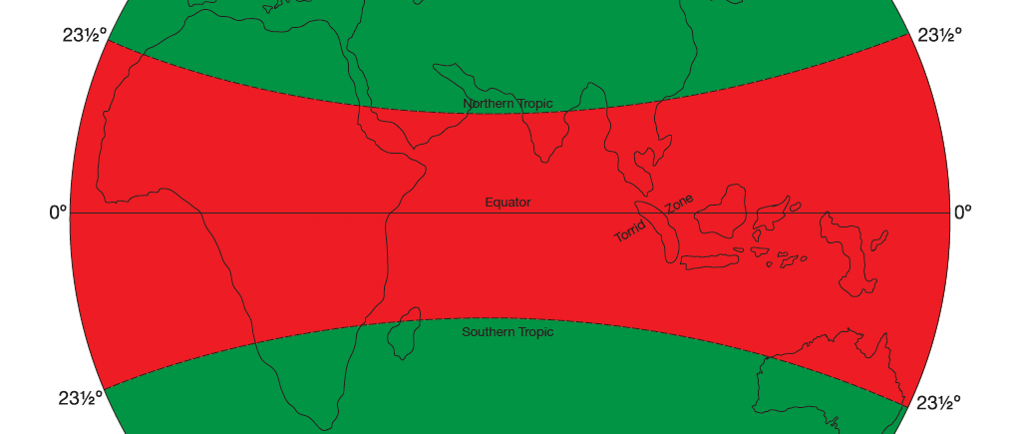🌍🔥❄️ The Temperature Zones of Our Earth❄️🔥🌍
🌍 A story that branches from the Chapter The Sun and the Earth in the Geography Album. ✨☀️📏 It invites children to see the Earth from a new perspective—not just as a place we live, but as a planet shaped by invisible forces of light. ✨🌎 With the Sun’s rays striking directly at the center and more gently toward the poles, the Earth seems to have a warm belly and icy caps. 🔥🧊 This impressionistic story helps children visualize the temperature zones—Torrid, Temperate, and Frigid—and connects their placement to the imaginary lines that wrap around our globe. Through this chart, the Earth becomes not only a scientific subject but a human story— inviting deeper reflection and sparks further exploration: How do people live in each zone? What grows there? And what does this invisible sunlight pattern reveal about life on Earth? 🌞🌬️💭🌎✨🌿👣
GEOGRAPHY STORIES
5/29/20252 min read


👧🏽👦🏻 Gather the group around the chart. Lay it out on a large mat or hang it up where all can see.
Do you remember how the Sun sends its rays to Earth? ☀️ And how some of those rays come straight down—perpendicular—while others come in from the side—oblique? Which do you think are hotter?
💥 The perpendicular rays are like laser beams—they go straight through the atmosphere, focused and strong. The oblique rays are more like sleepy beams—spread out, softer, passing through more atmosphere. 🌫
Here’s our Earth 🌍—📌Chart 18A—and right in the center is the red line. That’s the Equator. This is the place where the Sun’s strongest rays strike when it’s the equinox—equal day and night all over the world. Remember when are the two equinoxes?
🌞 But the Sun’s strongest rays also travel north and south through the year… tracing lines called the Tropic of Cancerand Tropic of Capricorn. Let’s find them! 🧭 These two lines are borders for something very special…
Between these two tropic lines lies the hottest part of our planet. 🌴🌞 Can you guess what it’s called? 🥵 We call it the Torrid Zone—from the Latin word torridus, which means dry and parched. Think of sizzling sand, humid jungles, and steamy rainforests!🗺 Look! Parts of Africa, Asia, the Americas, and Australia lie in this scorching zone. It’s also called the Tropics.🌡 Here, the Sun’s rays are strong all year long!
🧊 Now let’s move up, up, up—towards the Arctic Circle at the top… and down to the Antarctic Circle at the bottom. These are icy, quiet places where something strange happens…🌚 Sometimes, the Sun never rises! And other times… it never sets! Can you imagine living in a place with months of daylight—or darkness? 🧊 We call these icy lands the Frigid Zones, from the Latin word frigere, which means cold.🌬 These are the places where the Sun barely peeks in. Think: frozen oceans, snow-covered land, polar bears, and penguins.
🌱 Now look here—between the Torrid and the Frigid Zones. Do you see those green bands?🧣☀️ This is where the weather is mixed. Sometimes hot, sometimes cold. It’s never always anything. We call these areas the Temperate Zones.🌡 The word temperate comes from temperare—to mix or balance. These zones are the Goldilocks of Earth’s climate—not too hot, not too cold.🌻 Many of us live here! Can you guess what kinds of trees, clothes, or animals we might see in a place like this?
🌎 So we have:
🔥 The Torrid Zone – hot all year!
🧊 The Frigid Zones – icy and cold, with very long nights and days.
🍃 The Temperate Zones – a mix of hot and cold, changing with the seasons.
I wonder.. 🔍 👣 What zone do we live in? 🏠 What kind of homes do people build in the Frigid Zones? What about the Torrid Zone? 🧥 What clothes do they wear? 🌱 What plants grow there?🦭 What animals might we find in the Frigid Zone?
📖 You can even make your own chart, draw animals from each zone, or act out how someone might dress or move through a hot, cold, or temperate world.
🌀 If you could spend a year in one of the zones… which would you choose? And why?
With Montessori joy,
Vanina 😊

